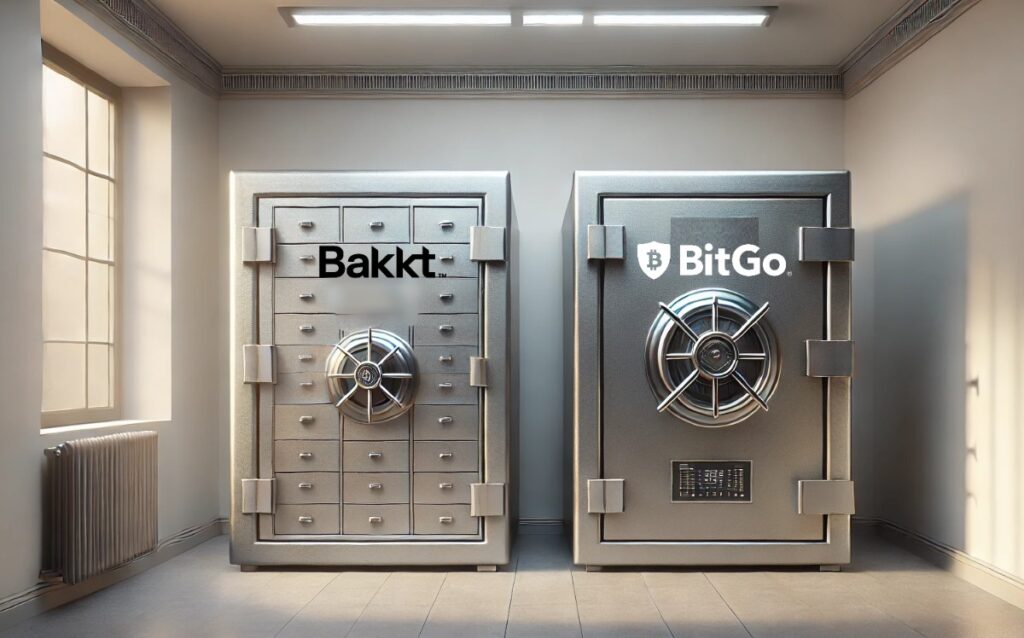Coinbase Staking Deep Dive
Coinbase offers staking services integrated with its custody solutions. Clients can participate in staking and other on-chain activities, such as governance and DeFi interactions via the Prime Onchain Wallet, without needing to withdraw assets from secure cold storage.
Coinbase Staking Service Details
Supported Assets: Coinbase Prime Custody supports staking for Avalanche (AVAX), Axelar (AXL), Cardano (ADA), Cosmos (ATOM), Celo (CELO), Ether (ETH), Liquid Staked ETH (lsETH), Kusama (KSM), NEAR Protocol (NEAR), Polkadot (DOT), Polygon (MATIC), Solana (SOL), Stacks (STX), Sui (SUI), Tezos (XTZ)., EigenLayer (EIGEN), Aptos (APT), Celestia (TIA), and ZetaChain (ZETA) via Coinbase validators. It is important to note that asset availability for staking may vary based on the client’s jurisdiction and the specific Coinbase custody entity involved.
Staking Yields (APY): Yield rates are variable and depend on the specific network’s protocol-level rewards and conditions. The provided documents do not consistently list specific APY rates for institutional staking, indicating that users would typically find current rates within the Coinbase Prime platform interface. For context, the consumer-facing Ledger Live integration with Kiln (a Coinbase partner for ETH staking infrastructure ) mentions an average ETH return of approximately 3.5%. Consumer-level staking rates for Coinbase are available here.
Conditions & Features
Integration: Importantly, staking is executed directly from assets held within the Coinbase Vault storage solution, ensuring that assets remain under high-security cold storage protocols throughout the staking process.
Flexibility: Coinbase provides multiple staking avenues, including traditional staking, liquid staking options (like lsETH), and the possibility of running dedicated validators. A “Shared ETH Staking” product allows users to stake any amount of ETH, circumventing the standard 32 ETH minimum required for direct validation on the Ethereum network.
Minimums: Minimum staking amounts vary by asset and are determined by the underlying blockchain protocol. While dedicated ETH validators require a 32 ETH commitment, the shared staking option eliminates this minimum requirement.
Lock-up/Unbonding: Staked assets are subject to lock-up or unbonding periods, which differ depending on the specific cryptocurrency. These periods can range from minutes to several weeks. Coinbase displays estimated withdrawal times during the staking initiation process.
Fees: Coinbase applies a fee for its staking services, which is deducted directly from the earned staking rewards. The specific fee structure for institutional clients is not detailed in the provided materials. Coinbase is notorious for the lack of transparency provided relating to its custody fees. For reference, the Liquid Collective protocol, used for some liquid staking solutions involving partners like Coinbase Cloud, charges a 15% fee on rewards. Coinbase also offers bespoke revenue-sharing terms for large-volume staking partners.
Security: Coinbase operates as the validator or node operator for its staking services, pooling client assets for participation. The company asserts a strong security track record, claiming zero instances of double signing penalties and guaranteeing 99% validator uptime. While acknowledging the inherent risk of slashing (penalties for validator misbehavior), Coinbase states that no customer has lost staked crypto due to such events on their platform. The SOC 1 and SOC 2 audits encompass Coinbase Prime operations, including custody and associated services. As a publicly traded, audited entity, Coinbase’s emphasis on security, compliance, and audited processes directly addresses key institutional concerns regarding the safety and operational efficiency of engaging with yield-generating crypto activities.
Governance: The platform supports client participation in on-chain governance for select assets without requiring the removal of those assets from cold storage.
API Access: Coinbase provides a Staking API, allowing developers and institutions to integrate staking functionalities and reporting into their own systems.







